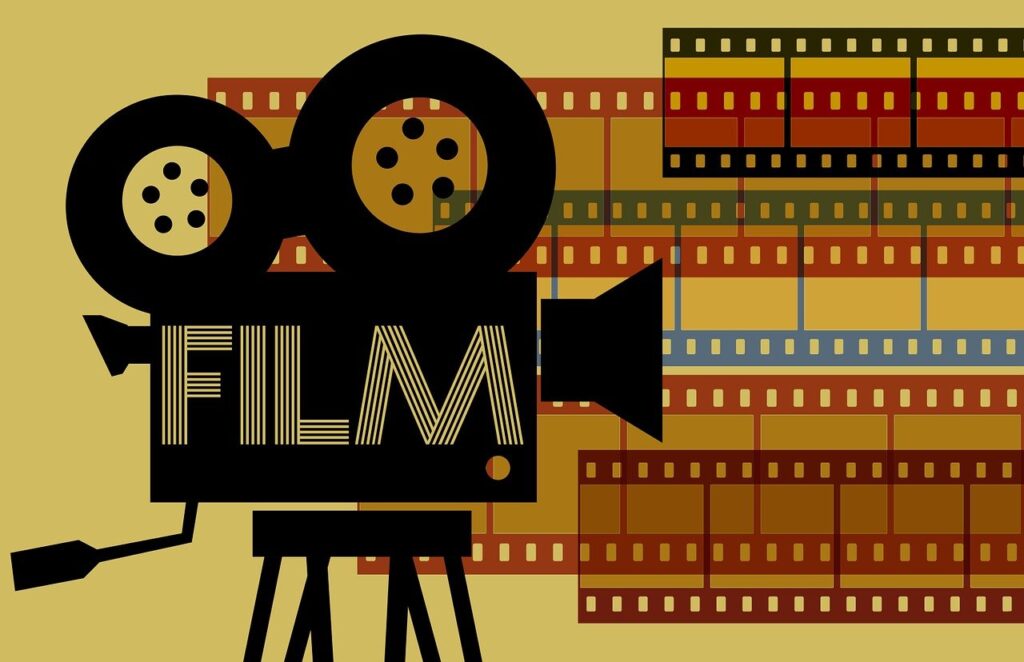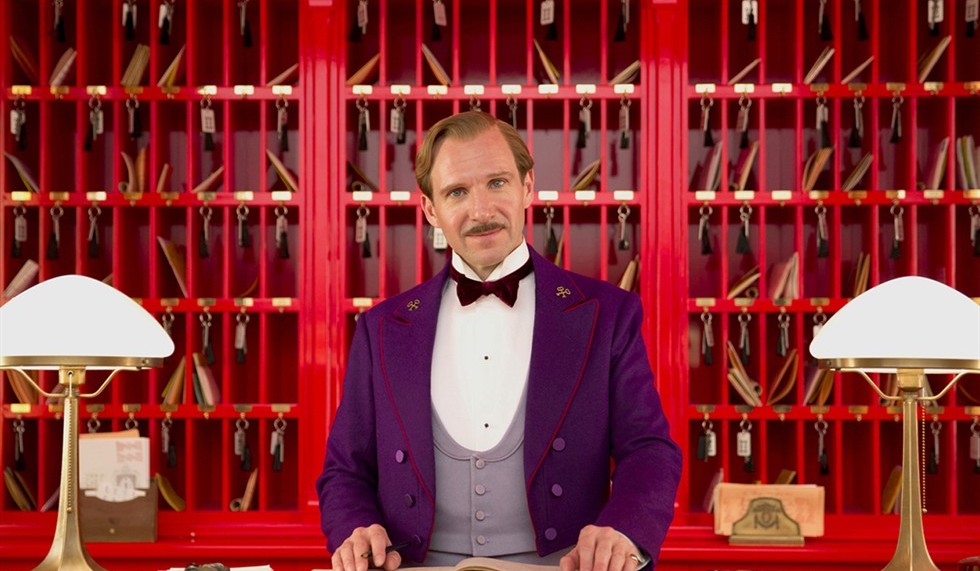Hollywood has always held a fascinating mirror to history, offering us glimpses into pivotal moments that have shaped our world. From ancient battles to modern conflicts, war movies, in particular, aim to transport us to the front lines, to witness heroism, sacrifice, and the brutal realities of combat. We, as an audience, often walk away feeling informed, entertained, and perhaps a little more connected to the past.
Yet, this powerful medium comes with a significant responsibility: historical accuracy. While filmmakers naturally seek to craft compelling narratives and evoke strong emotions, the line between cinematic necessity and historical distortion can often become dangerously blurred. When this happens, entertainment can inadvertently overshadow, or even replace, the factual record, leading to widespread misconceptions about critical historical events, figures, and cultures.
Today, we’re embarking on an exciting, albeit critical, journey through a selection of war films that, for all their box office success and critical acclaim, have left historians pulling their hair out. These are the movies where creative license wasn’t just taken, it was practically a free-for-all, resulting in depictions so wide of the mark that experts consider them almost unwatchable. So, buckle up as we dissect some of the most glaring historical missteps in celebrated war cinema, starting with a look at six notorious examples.
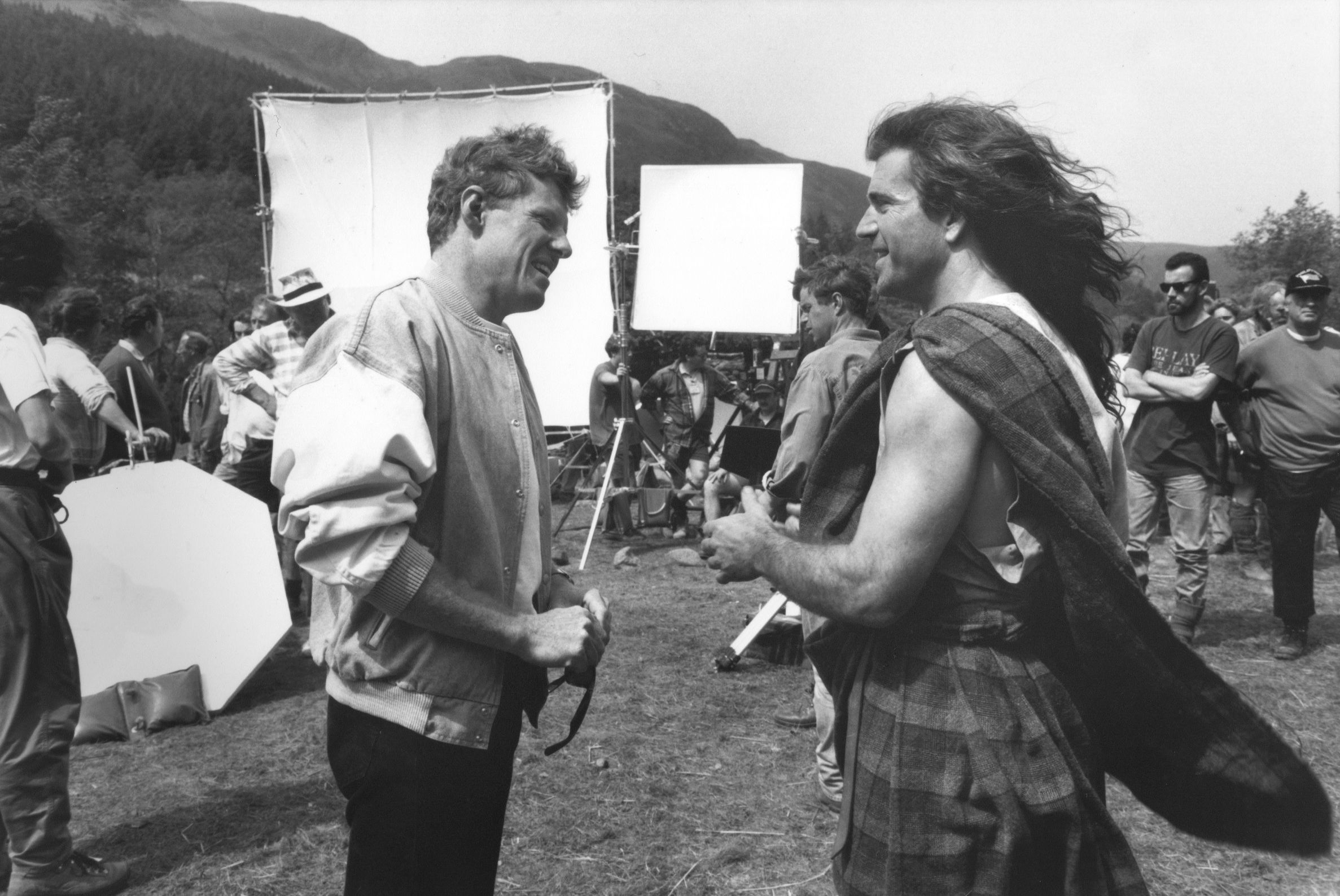
1. **Braveheart**Mel Gibson’s epic 1995 film, *Braveheart*, is undeniably a cinematic triumph, sweeping the Academy Awards and captivating audiences worldwide with its tale of Scottish rebellion. It paints a visceral, often romanticized, picture of William Wallace leading his people against English oppression in the late 13th and early 14th centuries. The battle sequences are legendary, the passion palpable, and the story of freedom truly inspiring.
However, for all its emotional power, the movie is a veritable minefield of historical inaccuracies, so much so that historians have routinely cited it as one of the most problematic historical films ever made. From the iconic blue face paint, which wasn’t used in the 13th century, to the very title “Braveheart,” which was actually attributed to Robert the Bruce, the film often veers wildly from documented history. Even the portrayal of English-Scottish relations is heavily fictionalized, simplifying complex political dynamics into a clear-cut good vs. evil narrative.
Perhaps one of the most egregious inaccuracies, and certainly one that irks military historians, is the depiction of the Battle of Stirling Bridge. In the film, audiences are treated to a giant melee on an open field, completely omitting the crucial element that gave the battle its name and its tactical brilliance: a bridge. The real William Wallace masterfully used the narrow bridge to bottleneck the English forces, an ingenious strategy entirely absent from Gibson’s version. Furthermore, the film shows Wallace being raised as a farmer, when historical evidence suggests he was born into Scottish aristocracy, and his wife’s existence and role in inspiring his fight are not mentioned in historical records, with very little actually known about the real William Wallace.
Read more about: From Silver Screen Legends to Modern Powerhouses: 14 Hollywood Tough Guys Who Never Backed Down

2. **Pearl Harbor**Michael Bay’s 2001 action-packed drama, *Pearl Harbor*, aimed to tell the story of the devastating attack that propelled the United States into World War II, woven around a dramatic love triangle. It delivered spectacular explosions and high-stakes romance, but unfortunately, it also delivered a series of historical embellishments and outright fabrications that left experts exasperated. The film’s commitment to spectacle often came at the expense of accuracy, transforming real events into overly melodramatic plot points.
One of the most criticized plot points involves Ben Affleck’s character, Rafe McCauley, who is shown flying with the British Royal Air Force (RAF) and then participating in the Pearl Harbor attack and the Doolittle Raid. This sequence of events is historically impossible, as no American pilot was officially allowed to fly alongside RAF pilots before the U.S. formally entered the war. Historians found it insulting that the film condensed the valor of many real individuals into one fictional character, diminishing the true participants of each separate, momentous event.
The inaccuracies didn’t stop there. The film depicts Japanese pilots targeting hospitals during their bombing raids, a detail that is not supported by historical records; one hospital was indeed hit, but that was an isolated incident, not a deliberate strategy. Moreover, the movie controversially portrays the commander of Pearl Harbor playing golf on the day of the attack and knowing about Japanese intentions, incidents that never occurred. Even President Franklin D. Roosevelt is shown dramatically climbing out of a wheelchair to prove a point, a moment entirely fabricated by the screenwriters to boost emotional impact, rather than historical fidelity. There were also plenty of inaccuracies regarding the technical aspects of the military equipment used in the film, as well as the actions of the Japanese pilots during the attack.
Read more about: The Enigma and Tragedy of Linda Darnell: An In-Depth Look at a 1940s Hollywood Star

3. **U-571**The 2000 film *U-571* presented a thrilling premise: a U.S. Navy crew disguising themselves as Germans to infiltrate a U-boat and capture the infamous Enigma machine. The movie is a high-tension, nail-biting adventure that seems to celebrate American ingenuity and bravery in the face of the enemy. However, its entire narrative hinges on a monumental historical distortion, one that sparked considerable outrage, particularly in Great Britain.
The glaring issue with *U-571* is its central conceit: it gives the U.S. Navy sole credit for capturing the first Enigma machine, portraying them as the primary contributors to this critical intelligence coup. The historical truth is far different. British forces had already successfully secured the prized device onboard a German warship in the early stages of the war in 1941, a full year before America had even officially entered the conflict, and months before the fictional events of the film would suggest. This profound oversight not only rewrites history but also completely disregards the crucial Polish contribution to breaking the Enigma codes and sharing that vital intelligence with the British.
Upon the film’s release, the historical misrepresentation was met with strong criticism, including from then-British Prime Minister Tony Blair, who publicly called the distortion an “affront” to the bravery and significant contributions of British sailors in World War II. The film’s narrative suggests that the only Enigma machine the U.S. Navy managed to get its hands on was captured in 1944, when the Nazi empire was already crumbling, further highlighting the extent of this cinematic “fact-shift” and its tendency to downplay the pivotal roles of Allied nations.
Read more about: 6 War Movies That Totally Face-Planted: A No-Holds-Barred Look at Films That Haven’t Aged Well
4. **The Patriot**Mel Gibson’s 2000 Revolutionary War drama, *The Patriot*, aimed to deliver a powerful story of vengeance and freedom during America’s fight for independence. It features Gibson as Benjamin Martin, a reluctant hero who takes up arms after British atrocities impact his family. The film is rife with dramatic moments and harrowing depictions of war, intended to stir patriotic fervor.
Yet, *The Patriot* is plagued by a host of historical inaccuracies that significantly distort the realities of the Revolutionary War and the actions of those involved. One of the most glaring and controversial additions is a horrific scene where British troops lock civilians in a church and then set it on fire. This event, designed to portray the British as monstrous villains, never actually took place. Gibson’s character also frequently accuses the British of breaking the “rules of war,” despite the fact that formal rules of engagement were not established in the same way during the 18th century, making the accusation anachronistic.
Furthermore, the film sidesteps or misrepresents crucial social issues of the era. It depicts very few slaves, and those it does show are portrayed as unrealistically upbeat, completely ignoring the brutal realities of slavery in colonial America. This is particularly problematic given that Mel Gibson’s character is partly based on Francis Marion, a historical figure known to be an owner of enslaved people, making the film’s omission a significant historical whitewash. The movie also inaccurately portrays the traditional practice of “bundling,” showing Heath Ledger’s character sewn into a bag when it was typically the woman who wore it, compounding the historical liberties taken by the filmmakers.
Read more about: 15 Unforgettable Gen X Movie Stars Who Left Us Too Soon, But Whose Legacies Shine Forever
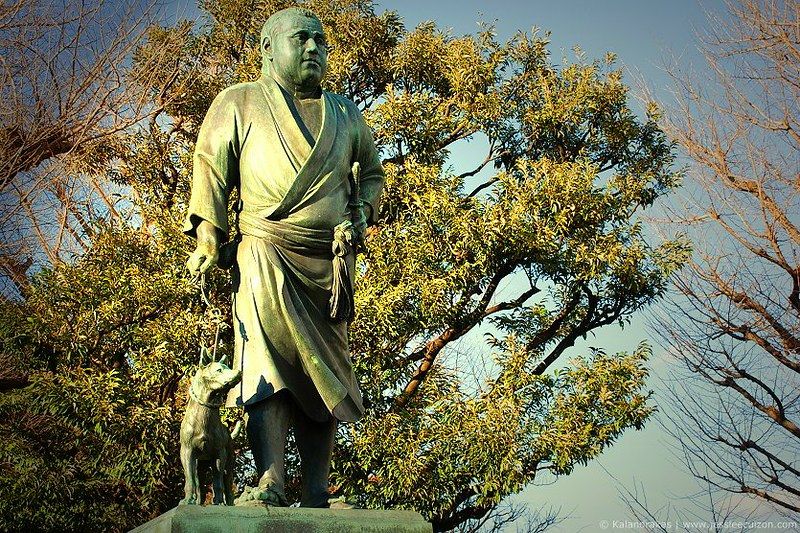
5. **The Last Samurai**Tom Cruise’s 2003 action film, *The Last Samurai*, transports viewers to Japan during the 1877 Satsuma Rebellion, a period of intense modernization and cultural clash. It tells the story of Captain Nathan Algren, an American Civil War veteran who finds himself caught between the emperor’s Westernized army and the traditional samurai warriors, ultimately joining the latter. The movie offers stunning visuals and explores themes of honor and tradition.
However, despite its immersive setting and engaging narrative, *The Last Samurai* faces substantial criticism for its historical inaccuracies and its problematic “white savior” trope. Algren’s character is entirely fictional; there was no American Civil War veteran present to play such a pivotal role in the Satsuma Rebellion. The film invents a central hero and his journey, effectively inserting an outsider into a nation’s complex internal conflict and suggesting that the Meiji-era military or samurai needed help from a random U.S. soldier.
Beyond the fictional protagonist, the movie also includes anachronistic elements, such as the presence of ninjas, a group that was no longer active during this time period. The fight scenes predominantly feature swords, largely ignoring the fact that guns and rifles were in widespread use by both sides during this period of rapid military modernization. These choices, while perhaps visually appealing, gloss over the real historical facts and prompt more questions than provide accurate answers about Japan’s dramatic transition in the 19th century, diminishing the actual agency and struggles of the Japanese people during this pivotal moment.
Read more about: Beyond the Stunts: Why Steve McQueen’s 14 Iconic Roles Still Define Action Cool for Generations
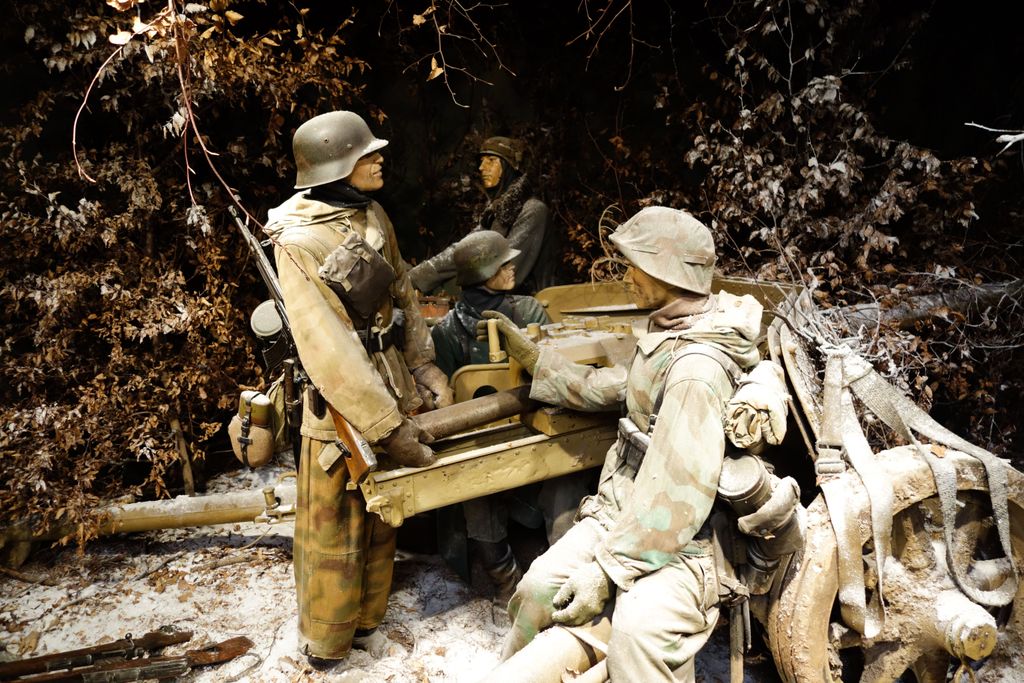
6. **Battle of the Bulge**The 1965 film *Battle of the Bulge* attempts to capture the intensity and strategic importance of one of World War II’s most pivotal events in the European theater. Starring a stellar cast, the movie delivers large-scale battle sequences and a dramatic retelling of the German offensive. For many years, it served as a popular cinematic representation of this crucial winter battle.
Yet, *Battle of the Bulge* is widely regarded by historians as deeply flawed, sacrificing accuracy for entertainment purposes. The film dramatically simplifies and rearranges the timeline of events, and even its opening narration contains inaccuracies regarding British and American troop positions and chain of command. The multitude of plot condensations and fictionalized elements were so extensive that they attracted the ire of U.S. officials, including none other than General Dwight D. Eisenhower, the former Supreme Commander of the Allied Expeditionary Force, who reportedly criticized the film at almost every level. When a former President and key figure in the actual battle speaks out, you know the filmmakers have truly messed up.
Beyond the strategic misrepresentations, the film also suffered from obvious technical errors concerning its war machinery. Most of the tanks and aircraft shown are completely out of place; U.S.-built tanks are used to represent German ‘Tiger Tanks,’ and many jeeps and other vehicles are models designed and built after World War II. Furthermore, the movie fails to accurately depict the reality of the actual battle’s conditions. History records are filled with accounts of extremely bad weather and snowy conditions that made things incredibly difficult for Allied air support, helping Germans gain an initial crucial edge. In contrast, the movie largely shows the fighting on a rather flat area with reasonably good weather, significantly altering the context of the battle’s challenges.
We’ve already critiqued some truly egregious examples of war films that played fast and loose with history, but hold onto your seats, film fanatics, because we’re far from done! While our first deep dive exposed broad narrative alterations and major character distortions, this next set of films spotlights a different, yet equally frustrating, category of historical inaccuracy. We’re zeroing in on the finer details: the military technology that’s entirely misplaced, the battle logistics that defy reality, the cultural contexts that are completely missed, and the motivations of key figures spun for cinematic effect. These are the nuances that, when altered, genuinely undermine the authentic historical record and the specific truths defining momentous periods.
So, let’s charge back into the cinematic trenches and uncover six more war movies that, despite their entertainment, have left historians shaking their heads and questioning Hollywood’s commitment to the past.
Read more about: Unleashing the Roar: 14 Iconic Muscle Cars from the 1970s That Defined an Era of Power and Style for Enthusiasts
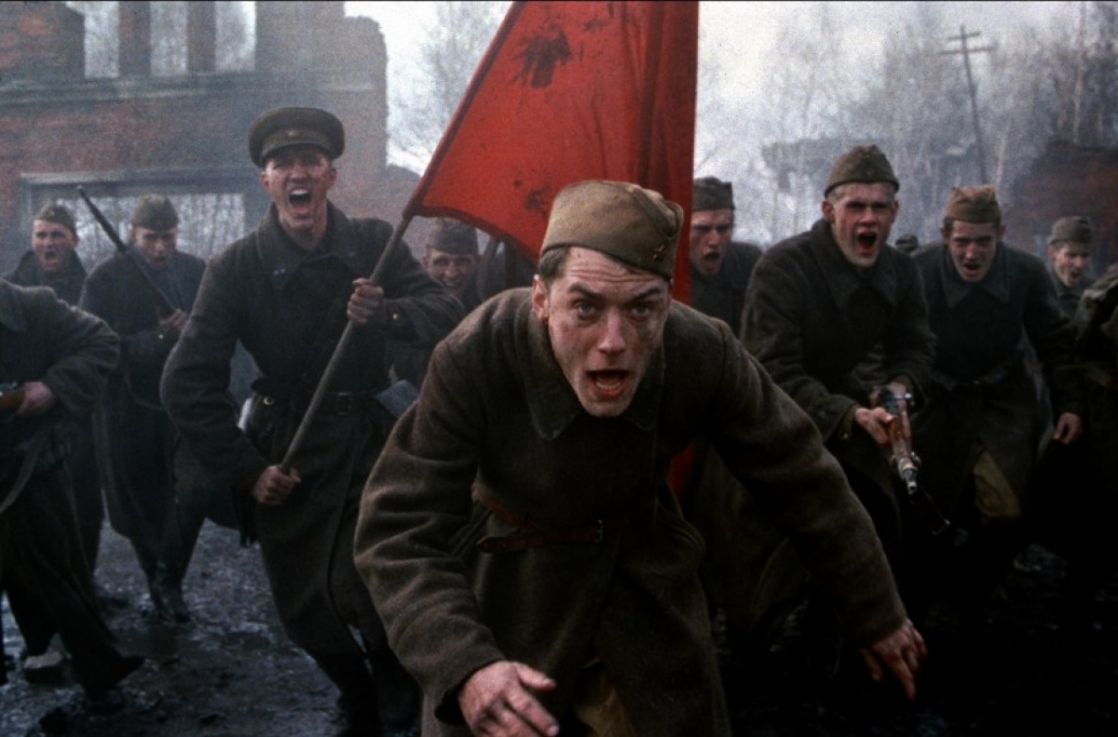
7. **Enemy at the Gates**The 2001 film *Enemy at the Gates* aimed to dramatize the Battle of Stalingrad, focusing on the legendary Russian sniper Vasily Zaitsev. It delivers gripping tension and an almost mythic duel between Zaitsev and an elite German counterpart, captivating audiences with its portrayal of individual heroism amidst the unimaginable chaos of the Eastern Front. On the surface, it’s a powerful story of survival and skill.
However, for all its cinematic flair, *Enemy at the Gates* is heavily criticized for its reliance on fabrication. While Zaitsev was a decorated sniper, many of his specific missions and the extended sniper duel with Ed Harris’s character lack definitive historical proof, turning a real soldier into a near-superhero. This embellishment, while making for great screen drama, often sacrifices the raw truth of wartime heroism for a more sensationalized narrative that resonates with historical Soviet propaganda.
Beyond the individual heroics, the film also presents a distorted view of the wider conflict. It depicts the Red Army facing Nazis with incredibly short supplies, like “one old rifle for two men,” transforming resource challenges into a dramatic device rather than reflecting the Soviets’ immense eventual capacity. Furthermore, smaller but significant errors, such as improper uniforms and equipment unavailable until after Stalingrad, accumulate to create a historical landscape that feels less like a faithful recreation and more like a loose interpretation, frustrating those seeking genuine understanding of this often-overlooked aspect of WWII.
Read more about: Tattoo Trouble? 10 Big Ink Blunders You Absolutely Need to Avoid!

8. **Jarhead**Sam Mendes’ 2005 film *Jarhead* offered an introspective look into the psychological toll on U.S. Marines during the first Gulf War. With strong performances, it aimed for a grittier portrayal of modern combat, moving away from traditional action-heavy narratives. Yet, despite its artistic ambition, *Jarhead* struggled to gain full acceptance from many war historians and, critically, from the very ex-Marines who served in the conflict it sought to depict.
Ex-Marine Nathaniel Fick, a notable critic, found the film’s depiction of Marines “preposterous” and lacking context. While acknowledging soldiers are “trained to be tough and rough,” he contended that the “psychological horrors” presented were “extremely rare and highly unlikely” in real scenarios. This dramatic amplification of mental anguish, though perhaps intended to highlight war’s emotional impact, felt inauthentic to those who lived through it.
Fick also criticized the “crazy” and often undisciplined actions of the Marines. He emphasized the Marine Corps’ renowned strict discipline, which trains soldiers to maintain professionalism even under stress. The film’s portrayal of “hot headed adrenaline junkies” felt more like a dramatic caricature than a truthful reflection of highly trained, disciplined military personnel. Ultimately, *Jarhead*’s narrative choices, prioritizing dramatic impact, inadvertently painted a negative and largely inaccurate picture of both the Gulf War and the U.S. Marines’ professionalism.
Read more about: Laugh, Cry, and Be Thrilled: 15 Essential Movies to Stream on Netflix Now
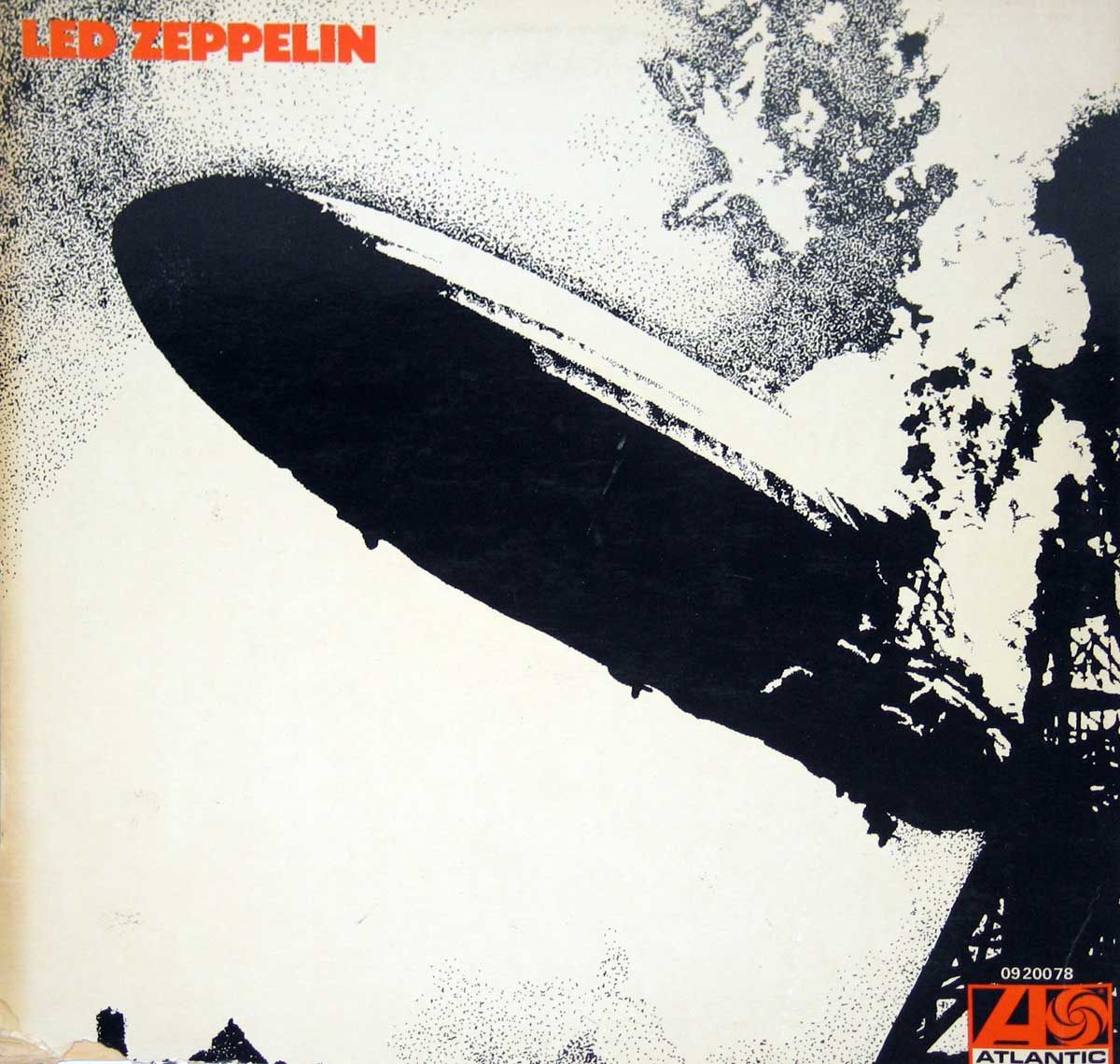
9. **Red Tails***Red Tails*, the 2012 film, was an ambitious effort to bring the extraordinary story of the Tuskegee Airmen—the first all-African American fighting squadron—to the screen. Their legacy of courage and defiance against discrimination is a vital part of history. However, the film, despite its good intentions, faltered significantly in historical specifics, resulting in a portrayal some found “awkward and somewhat patronizing” towards these American heroes.
A major point of contention for historians involved the film’s exaggerated claims about the squadron’s combat record. *Red Tails* famously asserts the Tuskegee Airmen achieved the “best bomber score” and, controversially, “suffered no bomber losses” during their entire campaign. This claim, while attempting to create an “untouchable” image, is directly contradicted by historical archives, which confirm “more than 25 bombers belonging to the Tuskegee Airmen were shot down by the enemy.”
This narrative choice, to present an idealized view by asserting false claims, represents a “Hollywood failing.” While glorifying these trailblazing airmen is understandable, doing so at the expense of factual fidelity risks diminishing their true, hard-won achievements. Their real story, with all its challenges and triumphs, is compelling enough without fictional embellishments that gloss over the genuine realities of their combat experience and the systemic racism they fought against.
Read more about: Beyond the Veil: 7 Crucial Menstruation Facts Often Misunderstood – A Deep Dive into What Period Dramas (and Society) Miss

10. **Windtalkers**John Woo’s 2002 film *Windtalkers* sought to illuminate the critical role of the Navajo code talkers in the Pacific theater of World War II. These Native American Marines were instrumental in Allied victories, developing an unbreakable code based on their indigenous language. It’s a powerful, historically rich subject with immense cinematic potential.
However, the film, heavily influenced by Woo’s action-packed style, struggled to maintain historical accuracy, resulting in a “theatric portrayal rather than a cinematic depiction.” While “loosely based around the Navajo code talkers,” *Windtalkers* failed to provide a “correct account of events.” Instead, it imposed a dramatic, action-hero narrative that overshadowed the true historical contributions.
The most glaring historical distortion lies in the film’s controversial depiction of the bodyguards assigned to each Navajo Marine. While it’s true that “every Navajo marine was assigned a bodyguard,” the movie dramatically claims these guards were “ordered to kill the Navajo Marine if necessary in the interest of securing the code.” This highly sensationalized directive lacks historical support and gravely misrepresents the nature of their protective duties, prioritizing an exaggerated, high-stakes premise over historical integrity.

11. **Flyboys**The 2006 World War I aviation drama *Flyboys* aimed to bring early aerial combat to life through the stories of American volunteer pilots. While the allure of daring dogfights is undeniable, the film quickly became a target for historians due to significant inaccuracies. Director Dean Devlin later spent more time justifying errors than ensuring factual accuracy, highlighting a common pitfall in historical filmmaking.
A prime example is the film’s depiction of German military aircraft. *Flyboys* frequently shows “red Fokker Dr.1s as the standard aircraft for German pilots.” While visually striking, this iconic triplane, famously associated with the Red Baron, was “not in widespread use during the First World War” as extensively as depicted. This anachronistic use of military technology misrepresents the actual aerial landscape of WWI.
Devlin defended these “apparent mistakes” by citing “aesthetic challenges” that necessitated changing “few ‘minor’ historical details.” This explanation, however, highlights prioritizing visual impact over factual accuracy, even when “minor” changes significantly alter historical context for military history enthusiasts. The film’s credibility was further undermined by the revelation that its “military advisor was exposed as a fraudster who confessed to having fabricated some historical records,” cementing *Flyboys*’ reputation for “Shifts Historical Facts and Undermines the Truth of WWI Aviation.”
Read more about: 17 Films That Reveal the Brutal Reality of World War I
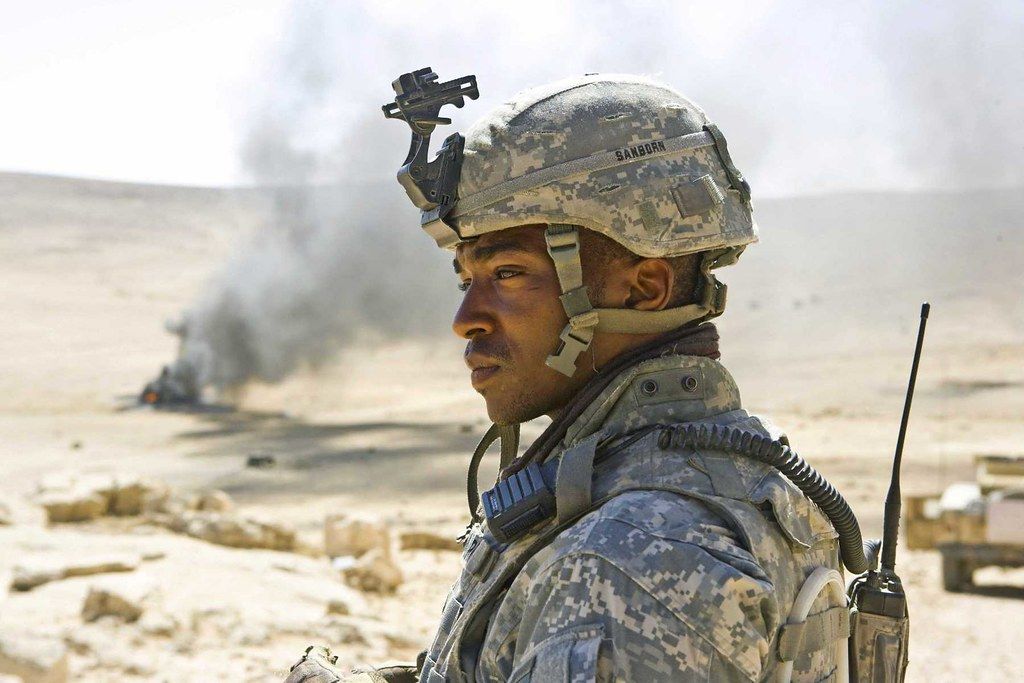
12. **The Hurt Locker**Kathryn Bigelow’s 2008 Oscar-winning film *The Hurt Locker* offers an intense immersion into an elite bomb disposal squad during the Iraq War. Despite critical acclaim for its human drama and visceral combat portrayal, the film faced considerable backlash from Iraq War veterans. They argued it “failed to portray the reality of Iraq war and twisted some of the known facts about the US Army on the ground,” criticizing its departure from actual military conduct.
Veterans specifically found the film “too melodramatic and fully out of touch when it comes to the discipline of US Army on the ground in Iraq.” The movie often shows the bomb disposal squad “risking the lives of many soldiers by haphazardly showing up on the location of the bomb without adequate security.” This dramatic choice, while intensifying suspense, is “far from reality.” In Iraq, “an elaborate effort was made to make sure every convoy of American soldiers was properly secured, and that soldiers were never in high-risk areas in small numbers,” a significant misrepresentation of battle logistics and safety protocols.
Another key criticism from soldiers was their portrayal as “hot headed adrenaline junkies” and “indiscipline most times immoral soldiers.” According to veterans, this characterization was “nowhere close to the reality” of the professional and disciplined troops serving. While *The Hurt Locker* excels as drama, its artistic liberties with military procedures, soldier discipline, and the realities of the Iraq War have made it a contentious watch for those who experienced the conflict, highlighting how creative license can distort historical and cultural context.
The debate surrounding historical accuracy in war films is a fascinating and often heated one. As we’ve explored across these twelve examples, filmmakers constantly grapple with the delicate balance between crafting an engaging narrative and remaining faithful to the historical record. From sweeping epic battles to the intimate psychological struggles of soldiers, the choices made in Hollywood can profoundly shape public perception, often embedding “facts” that are, in reality, pure fiction.
Read more about: From Gridiron to Grandeur: Deconstructing the Unprecedented Media Narrative of Taylor Swift and Travis Kelce’s Romance
While we can appreciate the artistry and entertainment value these movies bring, it’s crucial for us, as informed viewers, to approach them with a critical eye. Understanding where creative license was taken and why it might have been necessary (or unnecessary) allows us to enjoy the spectacle without sacrificing our grasp of genuine history. After all, the real stories of war – with all their complexities, heroism, and tragedy – are often far more compelling than any Hollywood embellishment. So, next time you settle in for a war film, remember to grab your popcorn, but maybe keep a history book handy too, just in case!


